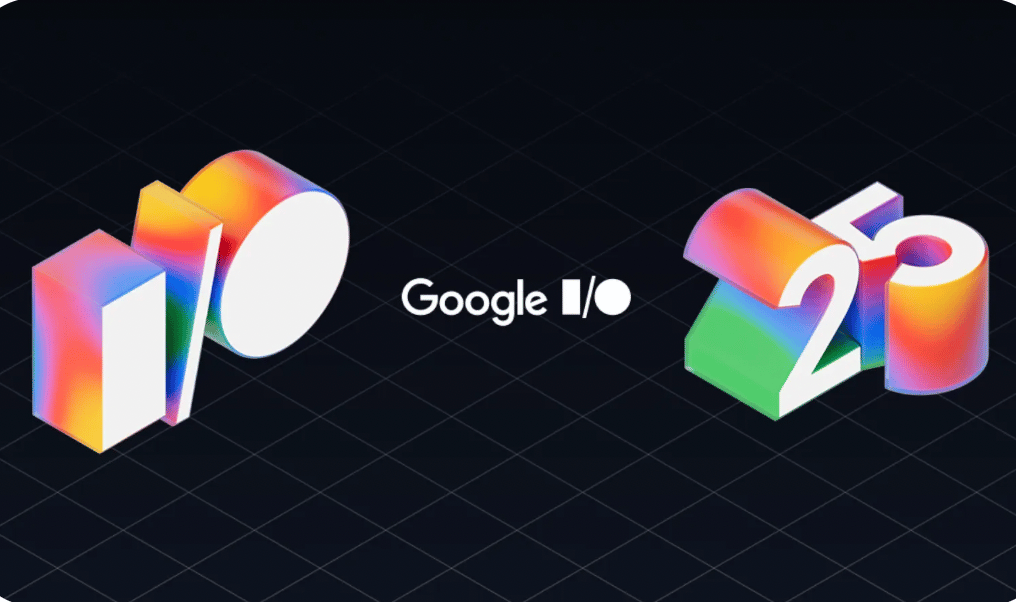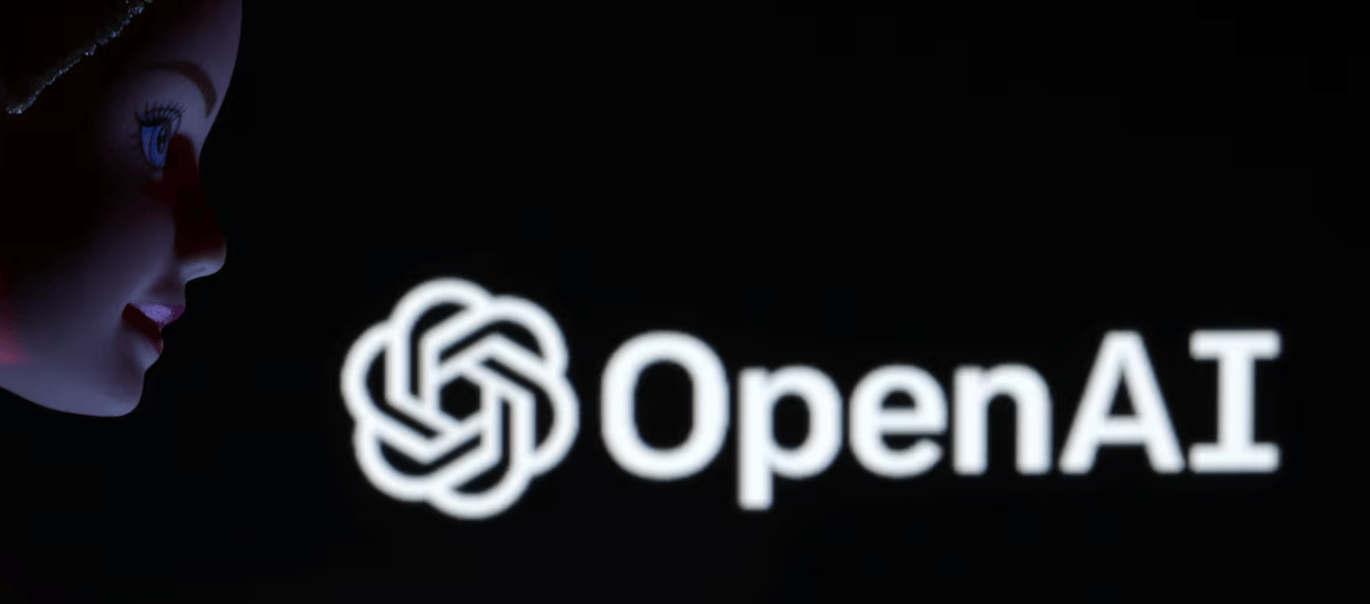Good morning, here's what you'll learn today.
Today's biggest story is Google's no-code app builder Opal going global, it's like having a technical co-founder in your pocket. We also cover OpenAI catching malicious actors trying to game elections, a physicist's candid take on switching from theoretical physics to AI research, and Walmart rolling out AI super agents that could change how we shop. Plus, we'll walk you through Google Opal so you can build your first AI app before lunch.
In Today's Edition
Today’s AI Tool Breakdown: Google Opal

Quick overview
Google Opal lets you build AI-powered mini-apps just by describing what you want in plain English. Think of it as a visual Lego set where you connect prompts, AI models, and tools without touching a single line of code.
How to use it
Visit opal.withgoogle.com and sign in with your Google account
Click "Create New" or browse the Gallery for templates
Type what you want to build in natural language (e.g., "Create a blog post writer that generates SEO content")
Watch Opal build a visual workflow with connected nodes automatically
Click "Preview" to test your app, then "Publish Opal" to share it with others
Use the visual editor to drag nodes and fine-tune each step as needed
Copy/paste starter script
"Create an AI assistant that takes a topic, researches it online, writes a summary, and generates a social media post with hashtags."
Real-world use cases
Content creators building automated blog writers and social media schedulers
Small businesses creating customer service chatbots and FAQ generators
Educators developing quiz makers and study guide creators
Marketers building ad copy generators and competitor analysis tools
Pro tips
Start with Gallery templates and remix them instead of building from scratch
Use specific language when describing your app - "write blog posts" works better than "help with content"
Test each workflow step individually before connecting everything together
Free vs paid
Free: Full access to all features, unlimited app creation, sharing capabilities
Paid: Currently none - it's completely free during the experimental phase
Alternatives
Zapier - better for connecting existing apps together
n8n - more technical but offers deeper customization
Microsoft Power Platform - enterprise-focused with steep learning curve
Quick demo video
Google's NEW Vibe Coding App: Opal (5 GAME-CHANGING Use Cases)
Today In AI News, The Top 4 Stories (And Why They Matter)

This matters because: Google is democratizing AI app development, letting anyone build sophisticated tools without coding skills or technical teams.
Quick summary: Google expanded Opal to 15 new countries including Canada, India, Japan, and Brazil after users surprised them with complex, practical apps instead of simple tools. The platform now includes advanced debugging features and dramatically faster performance. It's like giving everyone a magic wand for turning ideas into working apps.

This matters because: Bad actors are using AI for election manipulation, but the technology isn't giving them the breakthrough advantages many feared.
Quick summary: OpenAI shut down over 20 malicious operations from countries like China, Russia, and Iran that tried using ChatGPT for election meddling, malware debugging, and fake social media content. The attempts included generating biographies for fake accounts and creating AI-generated profile pictures. Think of it like digital bouncers catching troublemakers at AI's front door.

This matters because: Top talent is jumping between AI labs for both technical and ethical reasons, giving us rare insight into what's happening inside these secretive companies.
Quick summary: Alfred Yao, a former Berkeley physicist, shared his candid experience switching from theoretical physics to AI research, working on Claude 3.7 at Anthropic, then leaving for Google DeepMind after disagreeing with Anthropic's anti-China stance. He compared AI research to 17th-century thermodynamics - lots of experiments without full understanding, but still making breakthroughs. Think of it like getting backstage access to the AI talent wars.

This matters because: The world's largest retailer is betting big on AI agents that could fundamentally change how we discover and buy products online.
Quick summary: Walmart introduced AI "super agents" including Sparky for shoppers, Associate for employees, and Marty for suppliers, all powered by their custom LLM called Wallaby. These agents can reorder items, plan events, and even suggest recipes by analyzing your fridge contents through computer vision. Think of it like having a personal shopping concierge who never sleeps.
Thats All For Today!
For all questions, comments, concerns, or if you want us include anything specific - feel free to reply to this email! We will answer 😄

